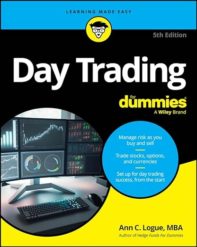
Today, I am struggling with the usual existential crisis that makes managing money so hard: living for today versus saving up until age 100. In finance terms, it’s a matter of opportunity cost; we tend to view our future as less important than today, with the result that most of us don’t save up enough money.
For me at least, this is getting harder, not easier, as I get older. When I was younger, the future seemed bigger and limitless, something for which I absolutely needed to prepare. But over the years, I’ve seen far too many people die far too young that I want to make sure I enjoy my friends and family while they are here. Even for a cheapskate like me, that means spending some money on dinners and tickets and vacations and six-packs and Christmas decorations and all the other things that go into entertaining. I know, financial advisors like to talk about the latte factor, and I get it. Small savings really do pay off. And yet, if the latte gives you joy, why not spend the money? You can’t take it with you.
(Find something that does not give you joy, cut back on that, and invest it at a rate that beats inflation. That’s the secret, to the extent there is one.)
And so, a press release zapped into this existential crisis, with data on how different demographic cohorts make investment decisions. It was based on a global survey by deVere Group, an investment advisory firm. They surveyed 880 clients between the ages of 22 and 70 in U.S, U.K., Hong Kong, South Africa, India, United Arab Emirates, Thailand, and Indonesia. The global perspective helps shape out real local factors that affected these age groups. For example, those born in the United States after World War II faced an era of prosperity and optimism that was not experienced in the U.K, which went through an austerity program to cover the costs of defending itself.
The resulting data reflects age priorities more than local cultural and economic preferences, and they are not particularly surprising. People in their 50s and 60s are concerned with risk first, not a surprise as they are in the thick of retirement preparations. Those in their 30s and 40s are concerned with portfolio diversification, while those under 30 care about risk level, too. The financial crisis was global and is fresh in people’s minds, so of course that’s a concern for those starting out now.
My conclusion? This shows that younger people and older people feel a need to protect their futures, but those in the middle want to make sure all their bases are covered.
That’s an existential conclusion, is it not?



I love your secret: “Find something that does not give you joy, cut back on that, and invest it”
I hate spending money on stupid things like home maintenance. My 100-yr-old house, though, is starting to demand it. Stupid house.